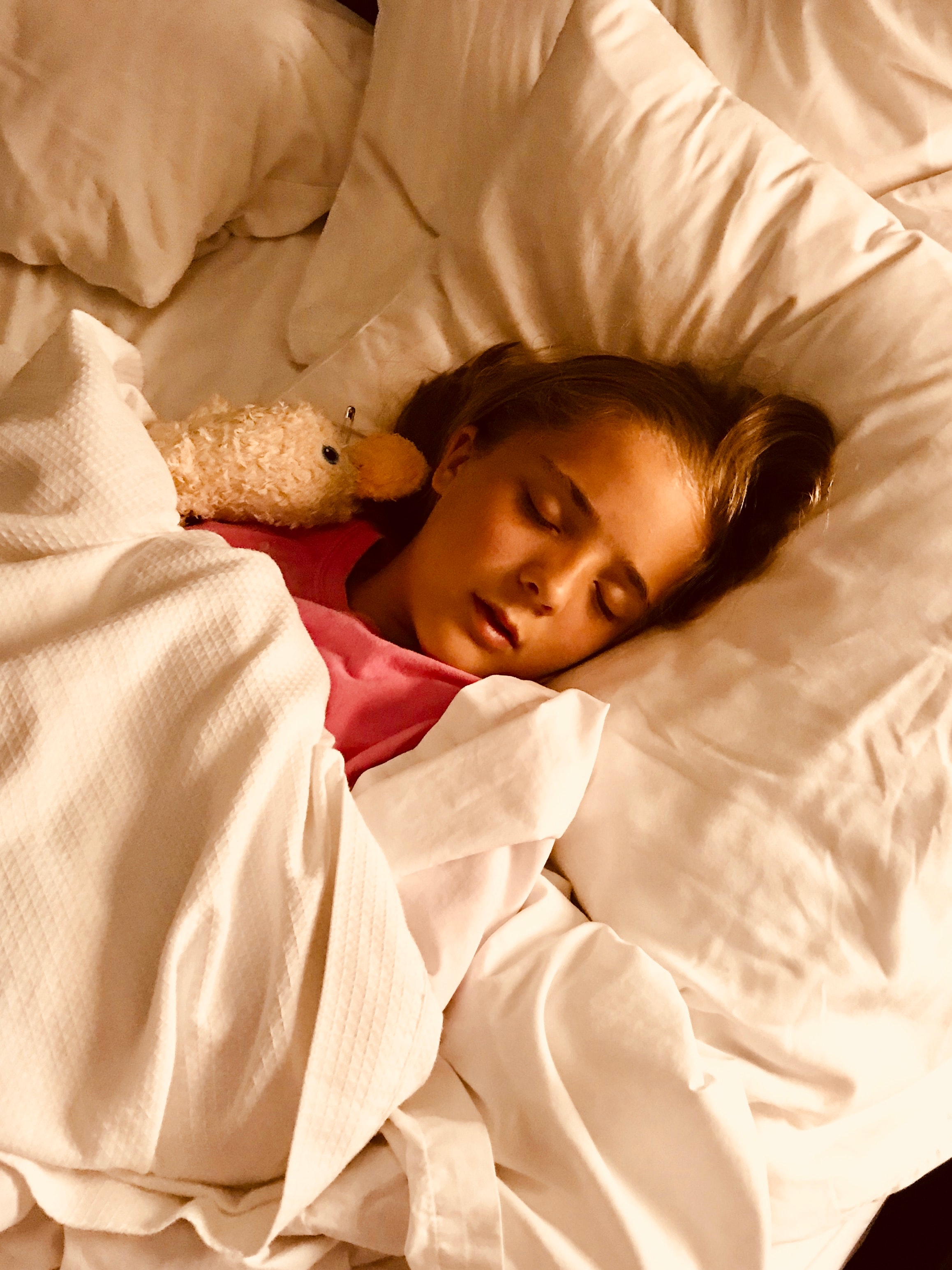
Creating a restful bedroom space for an autistic child is about more than helping her feel sheltered from chaos and anxiety. A busy space with too much sensory stimuli can affect your child’s health: According to Autism Speaks, as many as four out of five autistic children suffer from chronic sleep problems, which can exacerbate behavioral issues, impede learning, and negatively impact quality of life. Creating an environment with the right spatial and visual characteristics can have far-reaching implications for your child’s health and development.
An Organized Space
A lot goes on in a child’s bedroom. It’s a play space, a place for study and learning, and a room for rest and solace. Toys, clothes, games, books, and more can produce a tremendous amount of clutter. Unless there are clearly marked places to organize it all, an autistic child may find it difficult to relax and get a proper night’s sleep. Establish areas that have a distinct purpose, including sleep, study, play and storage so your child can maintain a calm, well-ordered space.
If you seek a compact and efficient room, choose multi-use furniture, such as a box chair that can double as a drawing table. This approach will help you maintain enough open space to help your child feel comfortable — and it’s not a bad way to economize on space.
Simple Storage
Organization can easily be achieved with stackable, multi-colored plastic bins that can be opened and closed like drawers. Label each bin or use a color code to determine where each object is to be stored. A simple storage scheme helps foster independence in autistic kids, who can then decide on their own system. It also improves cognitive functioning and, perhaps most importantly, alleviates anxiety. It might also be helpful to lock sharp, potentially dangerous items in a closet or some other secure space to keep them out of reach.
Sensory Refuge
A long day at school followed by a long ride in a school bus can be a disorienting sensory onslaught. That’s when she really needs the peace and quiet of her bedroom. Consider adding a sensory deprivation area where she can shut down, sit quietly and regroup. A bed tent or sensory tee-pee offers seclusion until your child feels more at ease. Add a pair of noise-canceling headphones and a fidget tool and she’ll always have a place where she can feel safe.
Mask the Noise
No matter where you live, there are always intrusive sounds that can be upsetting to an autistic child. It could be the neighbor’s dog barking, a thundering car stereo, or something as innocuous as chirping crickets. Aurally disruptive noise can be especially troubling to a child on the autism spectrum. Fortunately, there are a number of ways to mask the noise. Some people have success with a white noise machine, while others might prefer a floor fan turned on high.
Visual Solace
Bright primary colors are, generally speaking, popular choices for a child’s bedroom, but for a child on the autism spectrum, an aggressive shade of red or a bright sunshine yellow is too acute. Muted colors are better selections and far more likely to help your child relax. Emphasize light-absorbing colors, such as violet, or soft shades that don’t aggravate visual sensitivity, such as soft blue or gray. If you go with wallpaper instead of paint, avoid bright and busy patterns like stripes, borders, or reflective material.
An autistic child has to deal with a vast amount of visual, aural, and tactile information on a daily basis. Her health and development are dependent, to a great extent, on having a soothing, restorative space over which she has some measure of control, meaning being able to block out all the stimuli. Bear that in mind as you design your child’s bedroom.
Photo via Pexels
